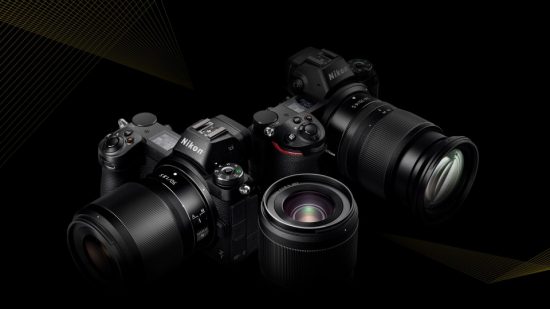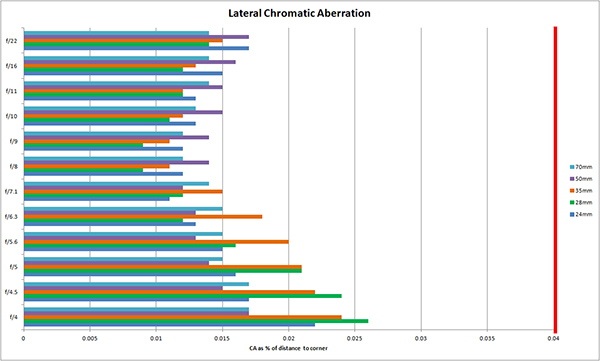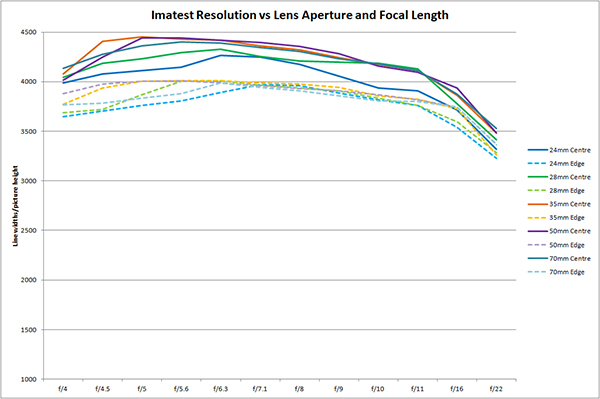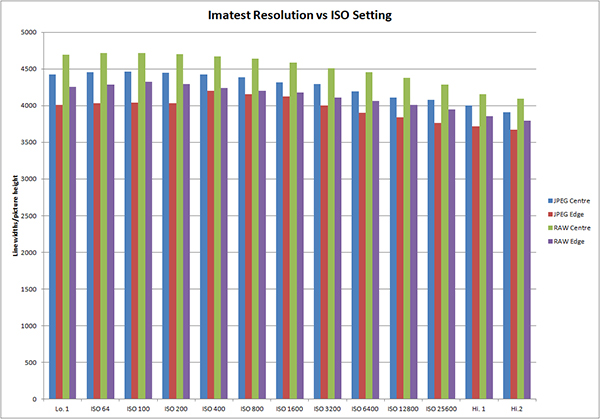
The Australian site PhotoReview published the Imatest results for the Nikon Z7 camera, Nikkor Z 35mm f/1.8 and 24-70mm f/4 S lenses:
Nikkor Z 35mm f/1.8 S lens ($846.95) Imatest results:
“Technologically, we expected the 35mm f/1.8 S lens to out-perform its F-mount equivalents but we haven’t reviewed the Nikkor AF-S F-mount equivalent. It certainly did better than the Tamron SP AF 35mm f/1.8 Di VC USD lens we reviewed in November 2015.” (source)


Nikkor Z 24-70mm f/4 S lens ($996.95) Imatest results:
“Although the highest resolution measured in out tests is not quite as high as that of the 35mm f/1.8 S lens, it’s not far behind in most of the features we tested. Unfortunately, once again, we haven’t reviewed an equivalent Nikon F-mount lens we can compare it with.” (source)


Nikon Z7 ($3,996.95) Imatest resolution vs ISO settings:
- The body size and ergonomics. We found the Z7 a very nice camera to handle and for us it fitted into the ‘Goldilocks zone’ – neither too big nor too small but significantly smaller and lighter than the D850 (which we found rather heavy). We also found the pared-down button controls very easy to work with. If a function isn’t accessible by a designated button most users will have enough programmable options to configure one accordingly. If not, the menu is comprehensive and easy to navigate.
- The single card slot. Sure, it would be nice to have two but XQD cards are currently available in capacities up to 256GB and Nikon says CFExpress Type B card support will be coming via a future firmware update. Both card types are faster and more rugged than SD cards.
- Low battery capacity. This is inevitable with mirrorless cameras because they rely on EVFs. The solutions adopted by most mirrorless camera owners are to carry a spare battery when protracted shoots are anticipated or to fit a battery grip. The second alternative doesn’t exist for the Z7 since it would negate the benefits of using a smaller, lighter camera. But it’s no great hassle to pop a spare battery (or two) in your pocket or camera bag, so we don’t see this as a major issue.
- Fewer AF options. Sure, they’re different from the D850‘s and there are fewer of them; but we found they were adequate for all the situations we were able to test.
- Dust on the sensor. We found this to be a genuine problem. Not only is the sensor closer to the top of the lens mount (and more vulnerable to environmental contaminants) but because of the more telecentric designs of the lenses, light rays exiting the rear element will be almost parallel and, therefore, cast harder and more obvious shadows on the sensor. You need to be really careful when changing lenses and try to keep the sensor clean. (source)

More Nikon Z7 reviews can be found at the Nikon Z7 Facebook Page and Nikon Z7 Facebook Group.



